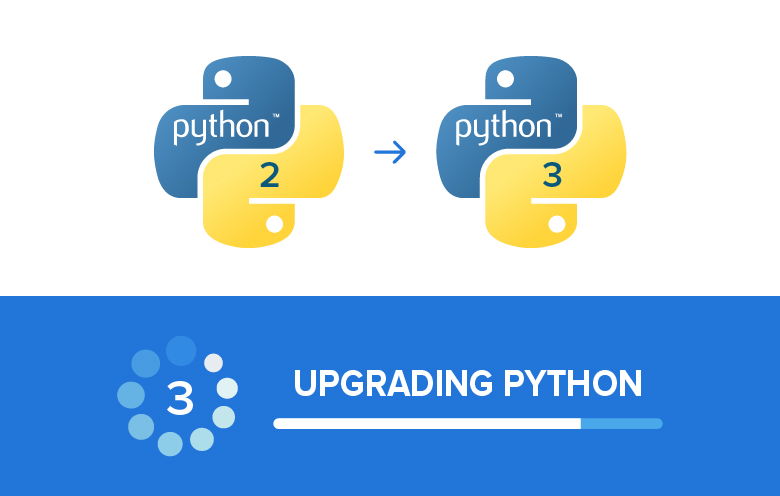It has become more than necessary for organizations to streamline their data efforts. Data may be in the news for all the wrong reasons but it is still the driving force of innovation and imperative to organizational growth. The proliferation of sensors and mobile devices has resulted in an explosion of data unlike ever before. It may sound like a broken record, but all of this data is important to various personnel within the organization.
The question is not whether you need a data warehouse or not. The question is whether you want to keep up with the rising demands and stay ahead of the competition. It has only been a little over a decade since Amazon created their subsidiary, Amazon Web Services, which got cloud computing into the mainstream. Since then, we have had a host of companies that provide cloud storage and processing, empowering businesses at a very large scale.
The ever-changing business dynamics in the digital world
Your business offerings are probably garnering great reviews by your customers, but how long will that last? Over time, your customers will expect a host of updates and features, while the market will see a new entrant which may be gaining momentum. In short, you need to constantly stay in demand and relevant. And data is the key to achieving business nirvana.
Being nice to your customers and keeping them happy is definitely a great way to ensure a long term partnership. But how are you ensuring that? Word of mouth is effective, but to rely on it alone in this day and age is suicide. You need to utilize every possible data source to stay informed and unearth actionable insights.
This means that data from spreadsheets, websites, applications, social media, IoT devices, other systems, data repositories, etc. need a system for storage and retrieval. As mentioned earlier, the cloud has made it possible to not let any data point go ignored.
Data problems:
- Isolation – disparate data, on-premises, cloud, software systems etc.
- Business and departmental needs – management needs data for decision-making
- Varying formats – data provided in different formats, CSVs, flat files etc. results in additional steps that may include cleaning, preparation etc.
- Timing – regular or timed intervals
Data integration to the rescue: Why it is important
On their own, none of these practices are new. We have been analyzing data ever since we have been creating it. The scenario may not have changed drastically, though the majority of the changes are in the variety, volume, and the velocity of data. The sheer increase in the capability to record data at granular levels has paved the way for sophisticated data tools and services to help us get to the nitty-gritty.
- Increase the value of data through unified systems – As you make more data available for analysis, it can be combined with other sources thereby increasing the value that the data provides. Example, having monthly sales figures will tell you which month had the highest sales and which one had the lowest. Combining that with marketing expenses throughout the year will give you a better idea on your overall ROI.
- Reduce data complexities – Data from different sources and apps if plugged in a warehouse or a particular destination reduces the complexities arising from a deluge of information as data engineers have access to all the data which also means that they can pick and choose the appropriate data for desired result(s).
- Make data more available – Pick the data you need for thorough analysis, not leaving any data behind that might be deemed as important or the other way around. A data repository with role-based access will allow relevant personnel in the company to be more informed and increase efficiency as well as productivity.
- Make your data live – The cloud is one of the most transformational avenues of the 21st century, becoming an enabler like no other. With the ubiquitous nature of the Internet, the cloud has already become an integral part of our daily lives. The capability of the cloud to transmit real-time data allows us to view metrics as and when needed, empowering decision-making.
- Take advantage of specialized apps – There are tons of applications available in the market. You need to look for compatibility and connectivity from apps that allow collaboration and offer APIs that can be plugged into existing systems.
Examples of data integration:
- Merging the systems of two companies or multiple departments
- Consolidating apps within the same company to provide a unified view of the company’s data assets
- Building an enterprise data warehouse
You should start by identifying the number of data sources and what formats they reside in, followed by filtering the types and amounts of data needed. For example, within the data, you may need one column from one data source and an entirely different column or columns from other data sources, making the exercise of identifying data sources an absolute must.
So what are you waiting for? Start identifying the relevant data sources generated or used by your organization and consult the right team of experts to take your business to new heights.



